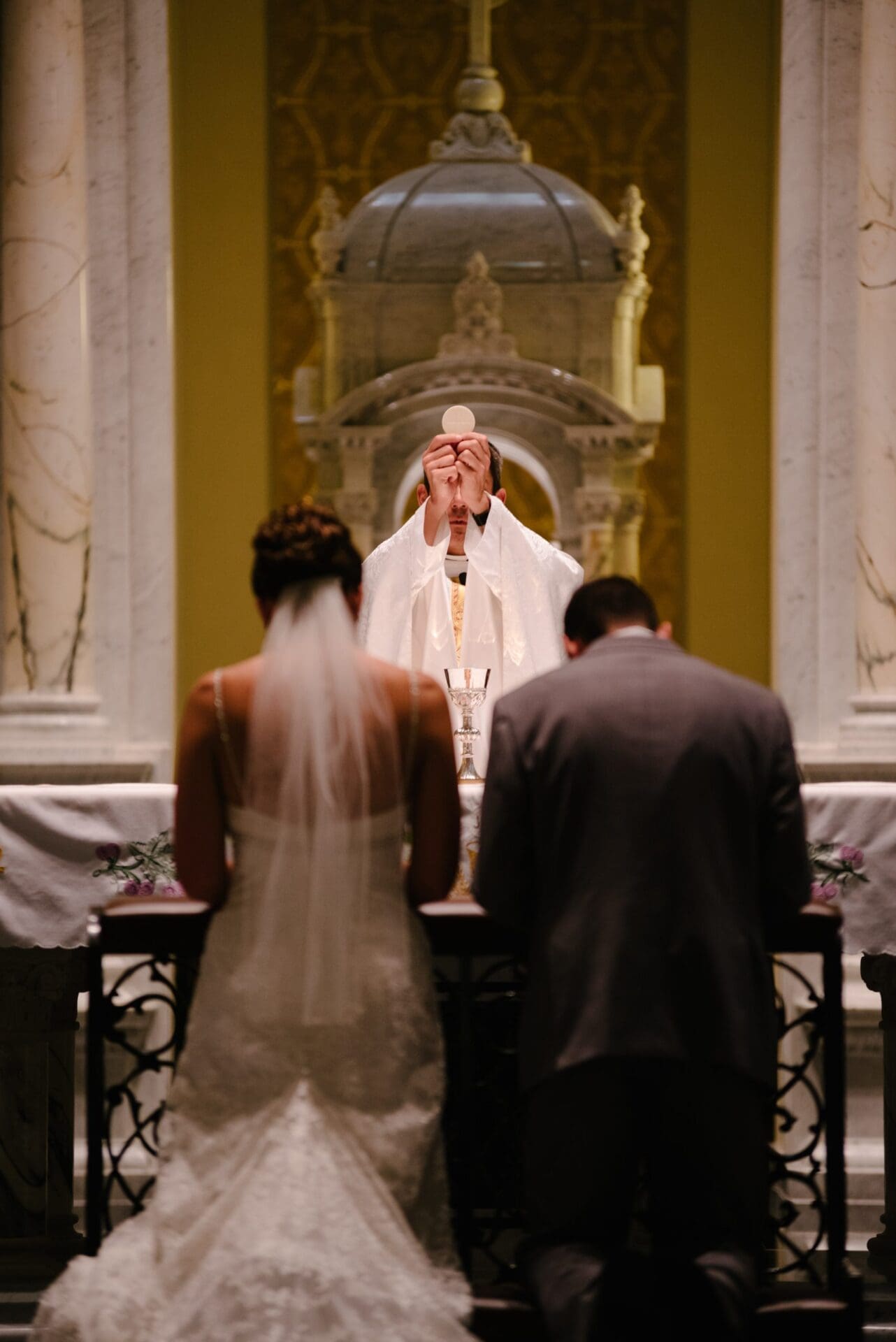Dear Adoremus,
Can you please advise me as to whether the document De Musica Sacra et Sacra Liturgia, (Instruction on Sacred Music and Sacred Liturgy) issued on September 3, 1958 by the Sacred Congregation for Rites, is still applicable today, or is there another document which supersedes this one?
Aidan O’Sullivan
via Internet
Adam Bartlett responds for Adoremus: Adam Bartlett responds for Adoremus:
Thank you for this excellent question, Aidan. It is one of critical importance in my estimation since many seem to believe that the post-conciliar documents abrogate the ones that came before. I do not believe that this is the case at all.
The norms of De Musica Sacra (and of other similar, pre-conciliar musical documents) are only abrogated when the specific topic in question is amended or elaborated upon by later legislation, seen within the hierarchy of the Church’s documentation on liturgy and music. However, all that followed De musica sacra (e.g., Sacrosanctum Concilium (1963), Musicam Sacram (1967) and the General Instruction on the Roman Missal (2011)) seems to assume and take for granted all that had come before, without any desire to officially abrogate it, but rather to build upon it and apply it. These latter documents see themselves as being in continuity with what came before.
I actually speak to this point in an article on Musicam Sacram that appeared in the November 2016 Bulletin: “Musicam Sacram states at the outset that it ‘does not… gather together all the legislation on sacred music’ (MS 3). It does not claim to be a ‘juridical code of sacred music’ as Tra le Sollecitudini of Pius X does (TLS par. 3), or to ‘put together…all the main points on sacred liturgy, sacred music and the pastoral advantages of both’ as De Musica Sacra et Sacra Liturgia does (DMSSL 3). It is clear in both the liturgy constitution and Musicam Sacram that this work has already been done, and neither document attempts to replicate or abrogate it. The Instruction on Music in the Liturgy instead only ‘establishes the principal norms which seem most necessary for our day’ (MS 3), in relation to what the Church has already taught and previously expressed. It must be read, then, in light of the Church’s continuous teaching on the subject.”
The fact that both Sacrosanctum Concilium and Musicam Sacram abundantly quote these documents, and even praise the renewal they had brought about in the decades preceding the Council (see SC 112), shows that they are to be read in continuity with the Church’s teaching since Pius X, not replace it.
And so, it seems clear that De Musica Sacra et Sacra Liturgia is not superseded, and its norms remain, though they have to be read in light of what has followed it. A code of liturgical law would certainly be of help here, or at the very least a revision of De Musica Sacra et Sacra Liturgia in light of Sacrosanctum Concilium, Musicam Sacram, and the General Instruction of the Roman Missal. Perhaps we can hope for such things at some point in the future!

